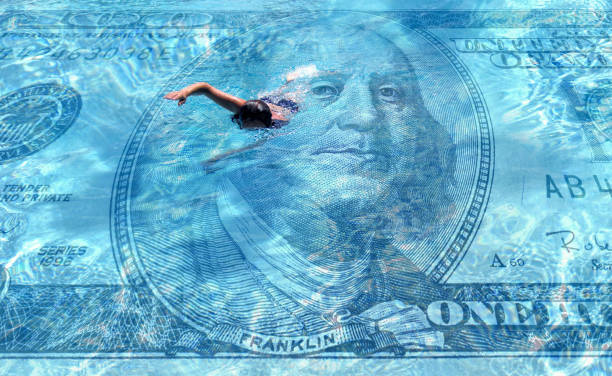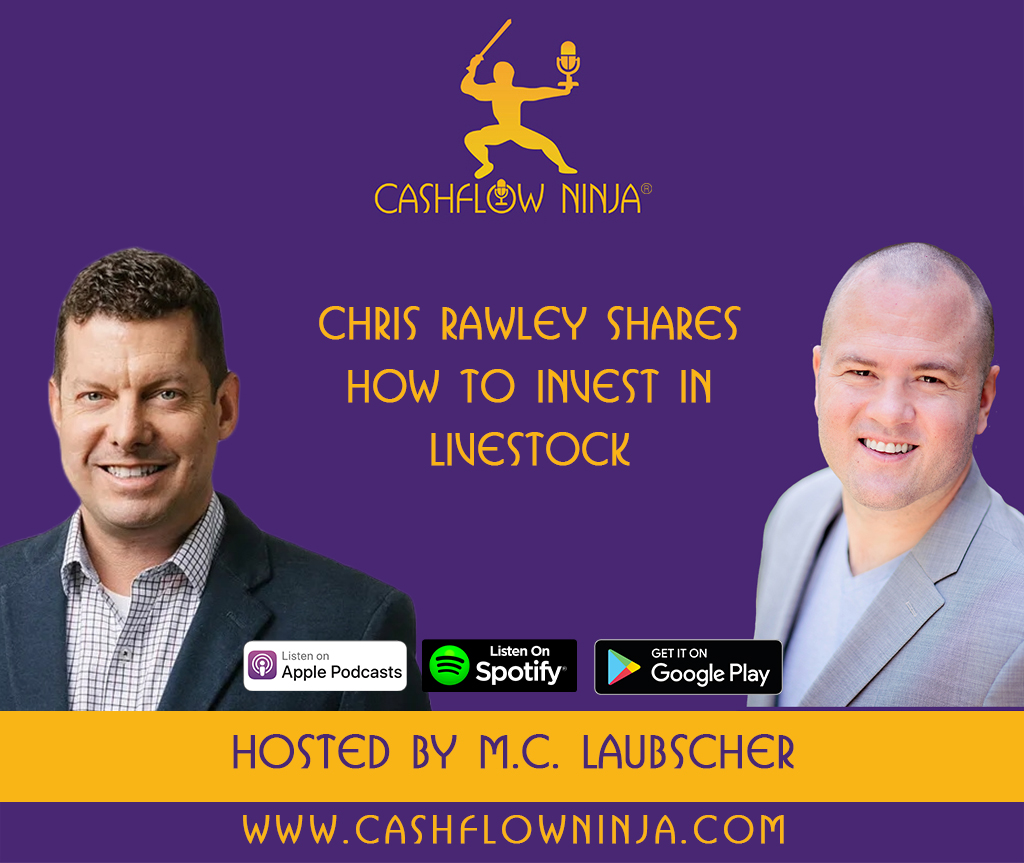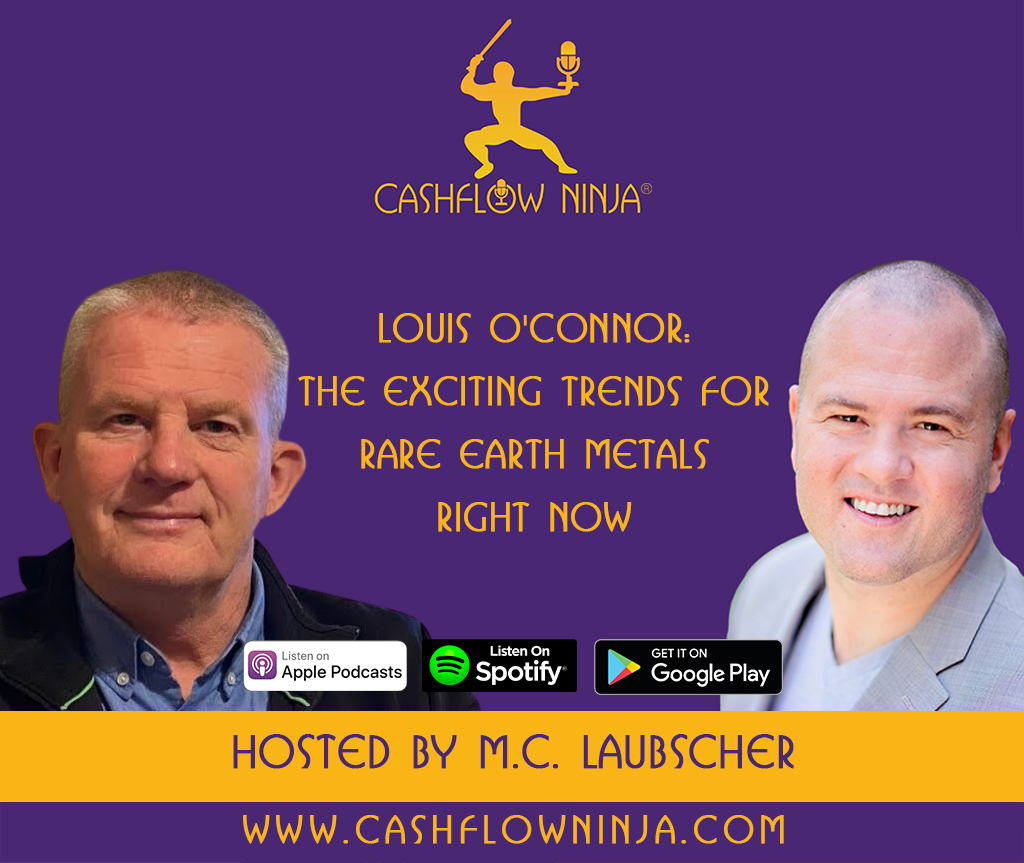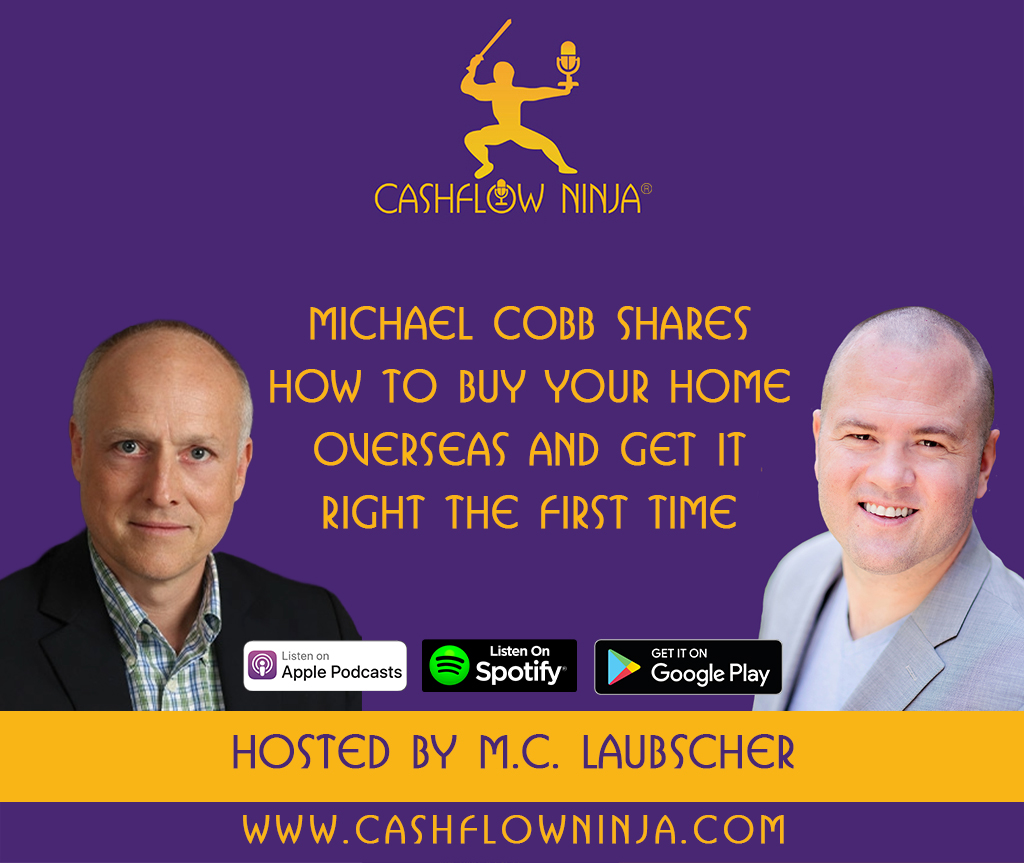
One of my favorite lessons from my late mentor, Mr. R. Nelson Nash, is the concept that there is truly only one gigantic pool of money out in the world. It’s not the obvious analogy because there are millionaires and billionaires who have giant pools of money.
Yet when you dig a little deeper, the analysis makes more sense. Consider who holds the money.
Understanding the Watershed
If the dots aren’t connecting, that’s okay. It’s not how we’re conditioned to think about the economy. Mr. Nash explained the concept by having you visualize the water on the planet.
If you think about it there are several oceans, but they’re actually all connected. And then on land you have all of these rivers, running from mountains and flowing into the oceans. Then, of course, there’s the underground water—water that’s underneath the earth and is somehow connected to the rivers, lakes, and oceans.
All water is connected. It’s almost like the way George Costanza, on Seinfeld, talks about plumbing. “Pipes. It’s all connected to pipes.”
Furthermore, when things heat up, you have evaporation, which causes the water to enter the air and condense into clouds. And when those clouds fill up it delivers the rain back to the earth. And no matter where that rain ends up, it’s all connected. It always ends up back into this gigantic pool of water.
Connecting the Dots
So just like there’s really one pool of water, there’s also one pool of money. No matter where it goes or what it does, it’s always in the financial system. That’s because of the commercial banks—they’ve recognized this, and because they keep the money moving through the economy, they can also leverage that money.
Money is a medium of exchange, allowing us to create and provide value. And money, like water, flows through the economy but never disappears. And the way that our economy is structured, money always returns to commercial banks, no matter who is doing the exchanging. Banks are at the center of everything.
Think about it for a moment. When you go and grab a bite to eat somewhere, no matter how you pay, money is taken from your account, put into the restaurant’s bank account, and from there is used to pay employees and suppliers, which goes into their banks—and on and on down the line.
The money always returns to the pool.
So What’s the Lesson?
Though we can’t escape the banks completely, there is a way that we can use this principle and incorporate it in a way that puts us in a position of power. It creates more value, and virtually makes you a bank.
This strategy is executed with the use of an overfunded life insurance policy with a mutual insurance company. It’s called the infinite banking strategy.
I’ve been utilizing this concept for over a decade, and it’s allowed me to create my own personal business and investing economy. My own private pool of money, warehoused somewhere separate from the banks.
If you’re looking to increase and optimize your investment success, you should be thinking about how you can create your own pool of money. And when you do so, you can ensure that the money always end up back into your own personal bank, not the commercial ones.
If you’re interested in more information about how to regain control and create the same liquidity and leverage as commercial banks, check out my other blog posts and podcasts.
You can listen to my new podcast, Cashflow Investing Secrets here.
Live your Freedom, Live Your Legacy, On Your Own Terms,
M.C.
M.C. Laubscher is a husband, dad, podcaster & Cashflow Specialist. He helps business owners and investors create, recover, warehouse & multiply cashflow. You can learn more about exclusive cash flow strategies in M.C.’s new video series at https://www.yourownbankingsystem.com/
Share This
Related

840: Chris Rawley: How To Invest In Livestock
My guest in this episode is Chris Rawley. Chris is a retired Navy Reserve Captain, founded Harvest Returns in 2016 to democratize agricultural investments. During his 30-year military career, Rawley served in leadership roles across naval, expeditionary, and joint special operations units, deploying to regions such as Afghanistan, Iraq, Africa, the Middle East, and the…

839: Louis O’Connor: The Exciting Trends For Rare Earth Metals Right Now
My guest in this episode is Louis O’ Connor. Louis is the Founder, and Principal of Strategic Metals Invest. We are the only industry supplier in the world to offer private investors the option to purchase and profit from owning Strategic Metals. The investment play is exactly the same paradigm as investing in Precious Metals,…

838: Michael Cobb: How To Buy Your Home Overseas And Get It Right The First Time
Our guest today is Mike Cobb, co-founder & CEO of ECI Development and President of Gran Pacifica. Named among the “100 Outstanding CEOs in Central America” by Mercados & Tendencias, Mike left a successful career in the computer industry to pursue opportunities in the emerging real estate markets of Central America. In 1996, he co-founded…
